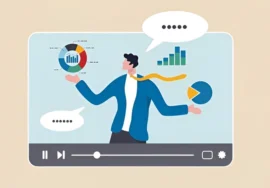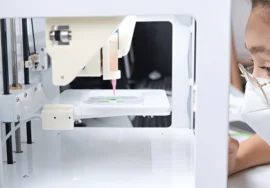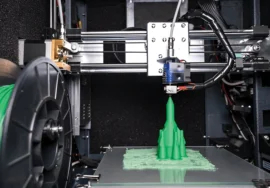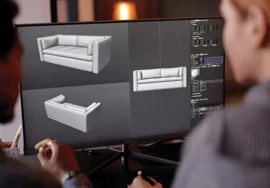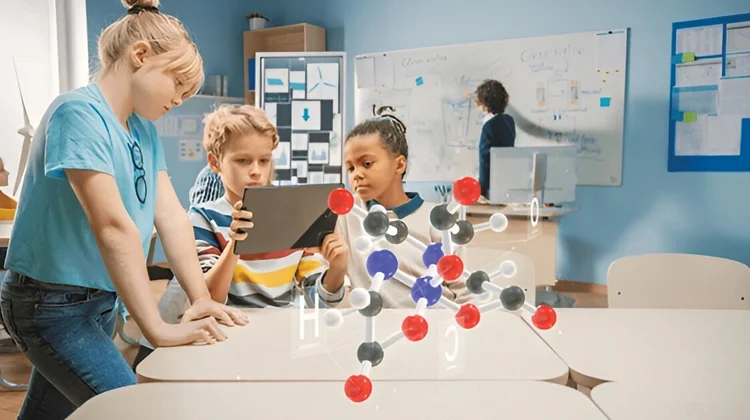
Making Learning Fun and Engaging
In the realm of education, where conveying complex ideas often poses a challenge, 3D animation emerges as a powerful tool for transforming learning experiences. By bringing abstract concepts to life through visual storytelling, 3D animation has the potential to revolutionize how students engage with educational content.
The Power of Visual Learning
Humans are visual creatures. Our brains process images much faster than text, making visual aids an effective way to enhance comprehension. 3D animation takes this concept to new heights by creating immersive experiences that captivate attention and ease deeper understanding.
Applications of 3D Animation in Education
The applications of 3D animation in education are vast and varied. Here are the key areas where it excels:
- Science and Mathematics: Complex scientific phenomena, such as the structure of an atom or moving planets, can be made tangible through 3D animations. Mathematical concepts like geometry and calculus can be visualized in interactive ways, aiding in problem-solving and critical thinking.
- History: Bring historical events to life with 3D reconstructions of ancient civilizations, battles, or significant landmarks. Students can explore historical periods and.
- Medical Education: 3D animations can give detailed visualizations of human anatomy, physiology, and medical procedures. This is invaluable for medical students and healthcare professionals alike.
- Language Learning: Animated characters and interactive dialogues can create immersive language learning environments, helping students practice speaking, listening, and understanding.
Benefits of 3D Animation in Education
- Increased Engagement: 3D animations are captivating, making learning more enjoyable and motivating for students.
- Improved Comprehension: Visual representations of complex concepts can enhance understanding and retention.
- Enhanced Problem-Solving Skills: Interactive 3D simulations allow students to experiment and explore different solutions.
- Accessibility: 3D animations can create inclusive learning experiences for students with different learning styles.
Successful Implementations of 3D Animation in Education
To illustrate the transformative impact of 3D animation on education, let’s examine the successful examples.
- Khan Academy: This popular online learning platform incorporates 3D animations to explain complex scientific concepts. From visualizing the human body to showing the laws of physics, Khan Academy’s animations have contributed to accessible education.
- NASA: The space agency has used 3D animation to create immersive experiences that inspire students to pursue STEM careers. Virtual field trips to Mars and interactive simulations of space missions have captivated young minds and sparked a passion for exploration.
- Medical School: Many medical schools use 3D animation to teach anatomy and physiology. Students can explore virtual human bodies, enhancing their understanding of complex biological systems.
Tips for Creating Effective Educational Animations
To maximize the impact of 3D animation on education, consider the following tips:
- Keep it Simple: While 3D animation offers endless possibilities, it’s essential to focus on clarity and simplicity. Avoid overwhelming viewers with excessive details.
- Engage the Senses: Incorporate sound effects, music, and narration to create a multisensory learning experience.
- Interactive Elements: include interactive features that allow students to explore and experiment.
- Accessibility: make sure that animations are accessible to all students, including those with visual impairments.
- Alignment with Learning Objectives: Create animations that directly support specific learning outcomes.
The Future of 3D Animation in Education
As technology continues to evolve, the potential of 3D animation in education is boundless. We can anticipate further integration of virtual and augmented reality, personalized learning experiences tailored to individual student needs, and the creation of vast digital libraries of animated educational content.
By embracing 3D animation, educators can unlock new possibilities for engaging, effective, and accessible learning.


